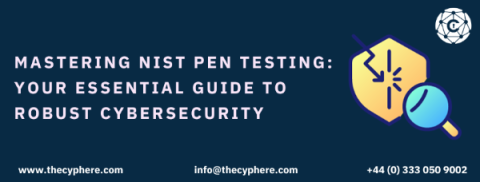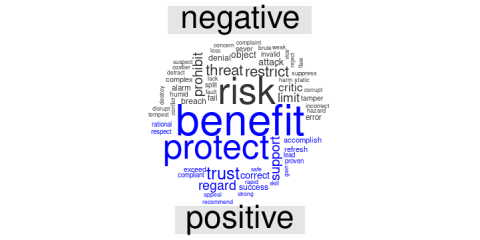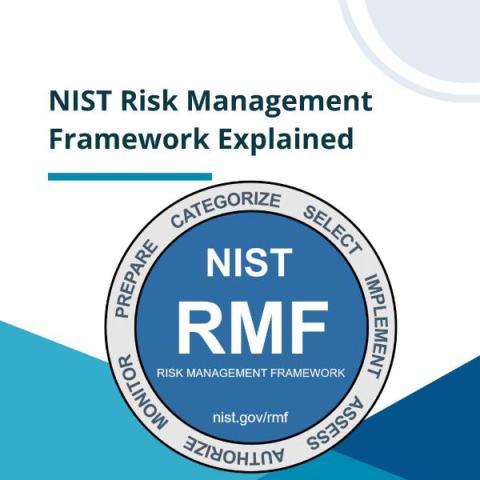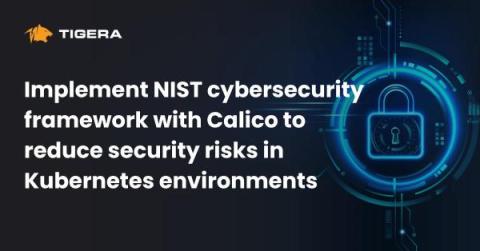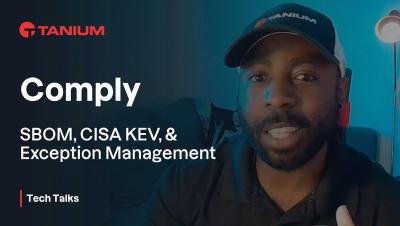NIST CSF 2.0: What you need to know
Organizations looking to protect their sensitive data and assets against cyberattacks may lack the ability to build a cybersecurity strategy without any structured help. The National Institute of Standards and Technology (NIST) has a free, public framework to help any organization mature its IT security posture. Recently, the institute published an updated version of the cybersecurity framework (CSF), NIST CSF 2.0, which contains a number of updates from the previous framework.



